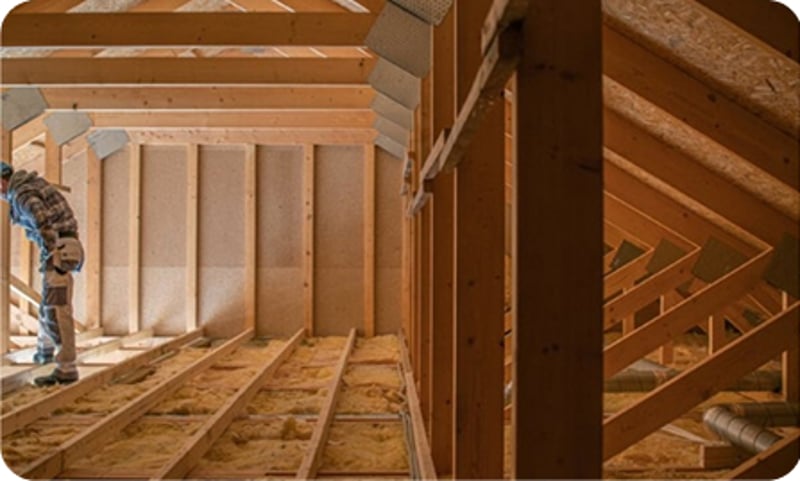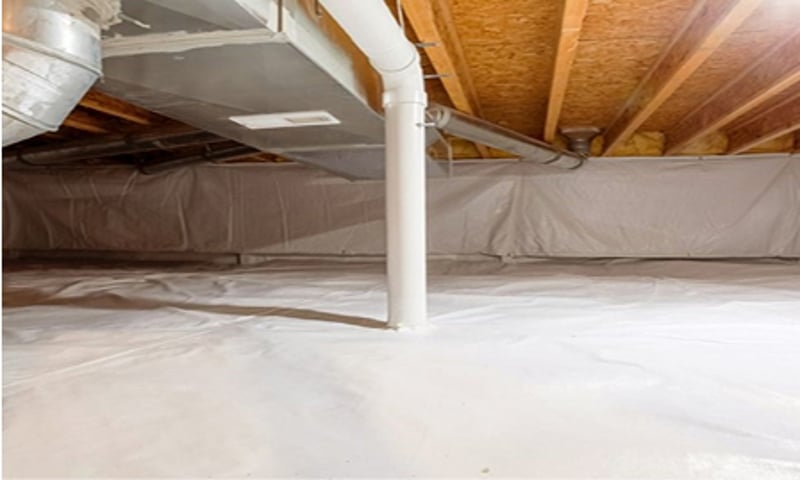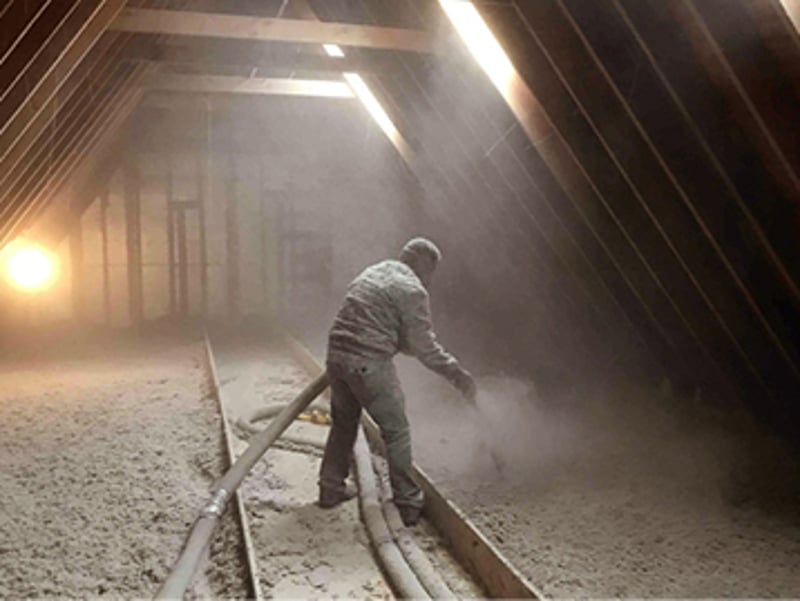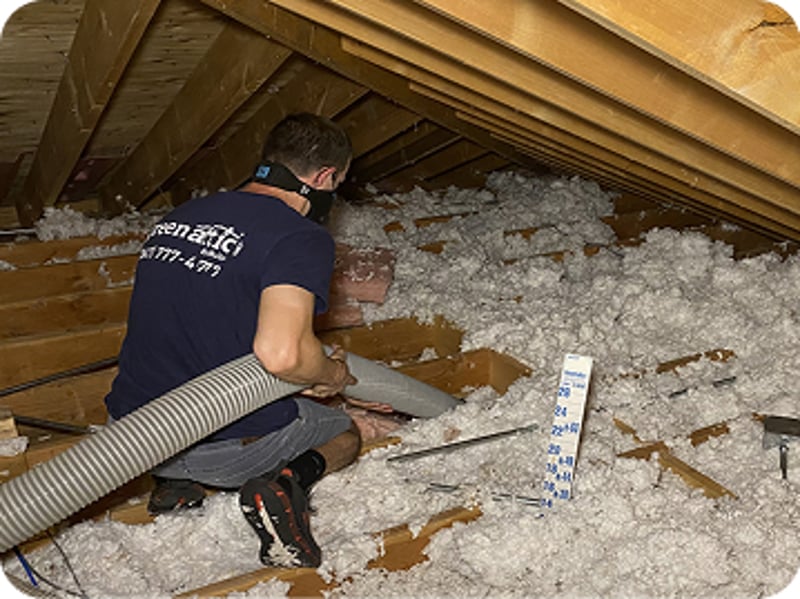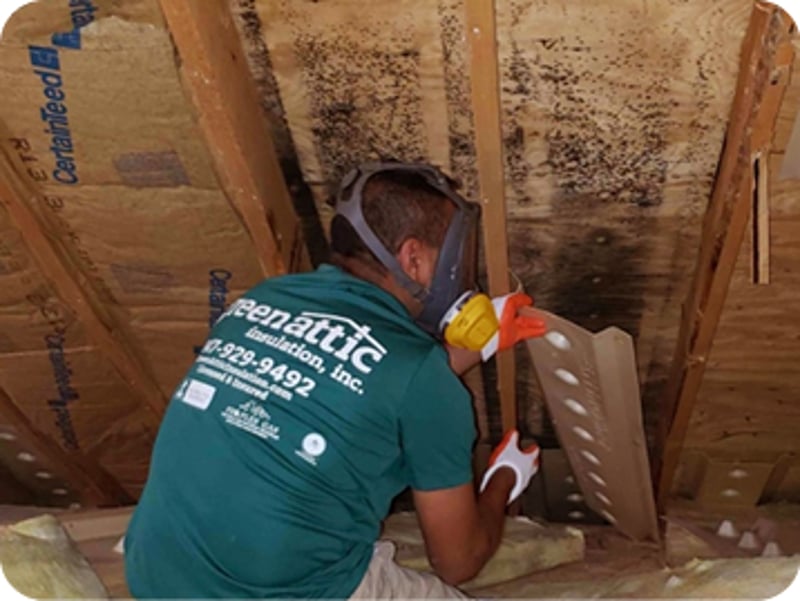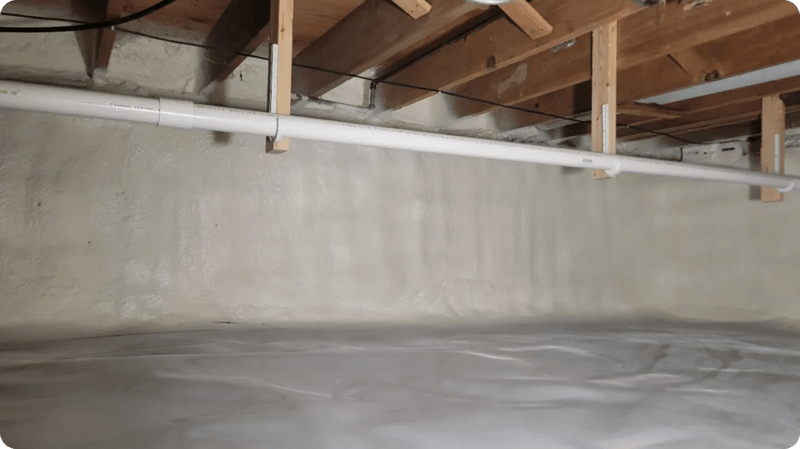Green Attic Insulation Services in Batavia
Request a Quote Today
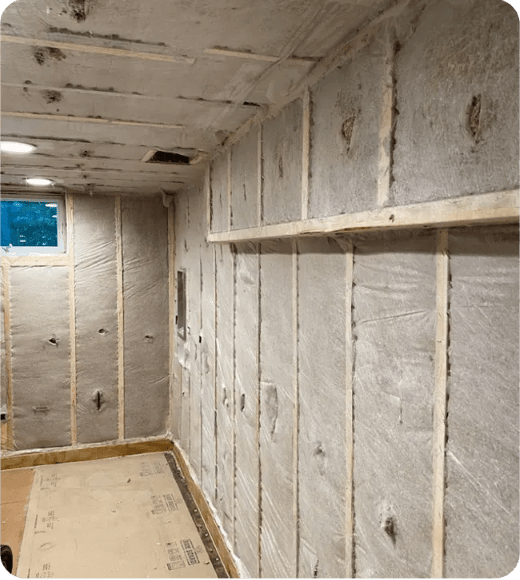
Why Proper Insulation Matters in Batavia
Batavia experiences a diverse climate, with cold winters and warm summers. Proper insulation is crucial to:
- Maintain Indoor Comfort: Keep your home warm in winter and cool in summer.
- Reduce Energy Bills: Efficient insulation minimizes heating and cooling costs.
- Enhance Air Quality: Prevent drafts and moisture intrusion.
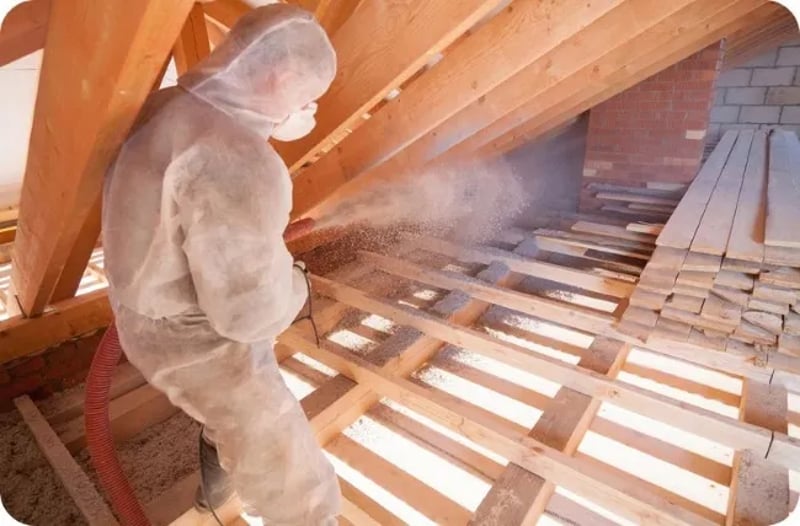

EPA Lead Safe Certified
.svg)
OSHA Certified

PHS Environmental

BBB Accredited

Nextdoor Recommended

BPI Licensed

NAHB Member

EPA Certified

ASHI Certified Inspector

HomeAdvisor Approved

Angie's List Verified

Yelp Rated
Our Comprehensive Insulation Services
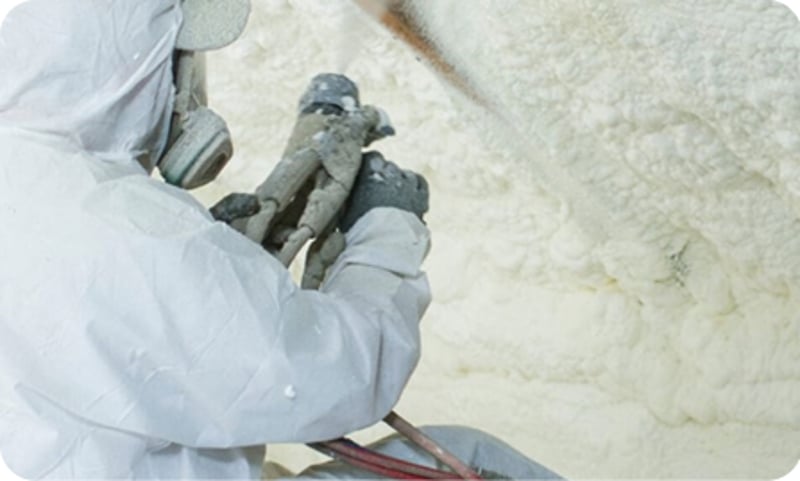
Spray Foam Insulation
Batavia, IL
Our Proven Process
Step 1: Free Energy Audit
Step 2: Customized Plan
Step 3: Professional Installation
Step 4: Results
Pole Barn Insulation Services
Insulating your pole barn offers a multitude of advantages that can enhance its functionality and longevity. Our professional insulation services can significantly improve your building's thermal regulation, reducing energy consumption for heating and cooling. This translates to substantial cost savings on your utility bills. Additionally, proper insulation helps control moisture condensation, minimizing the risk of mold growth and protecting your stored items. We typically include insulation for the walls, roof, and potentially the foundation of your pole barn, using high-quality materials that meet your specific needs and budget. Our comprehensive service ensures a vapor barrier is installed to further optimize climate control and prevent moisture issues.
Frequently Asked Question
Spray foam insulation can last 20 to 30 years or more if properly installed and maintained.
R21 insulation is approximately 5.5 inches thick. This type of insulation is often used in walls and provides a higher R-value compared to standard insulation options, contributing to improved energy efficiency and thermal comfort in residential and commercial buildings.
Insulation works by slowing conductive and convective heat flow, while radiant barriers and reflective insulation reduce radiant heat gain through reflective surfaces in contact with air spaces.





















.svg)
.svg)
.svg)
.svg)
.svg)
.svg)
.svg)
.svg)
.svg)
.svg)
.svg)
.svg)
.svg)
.svg)

.svg)
.svg)
.svg)
.svg)
-1.svg)
.svg)
.svg)





